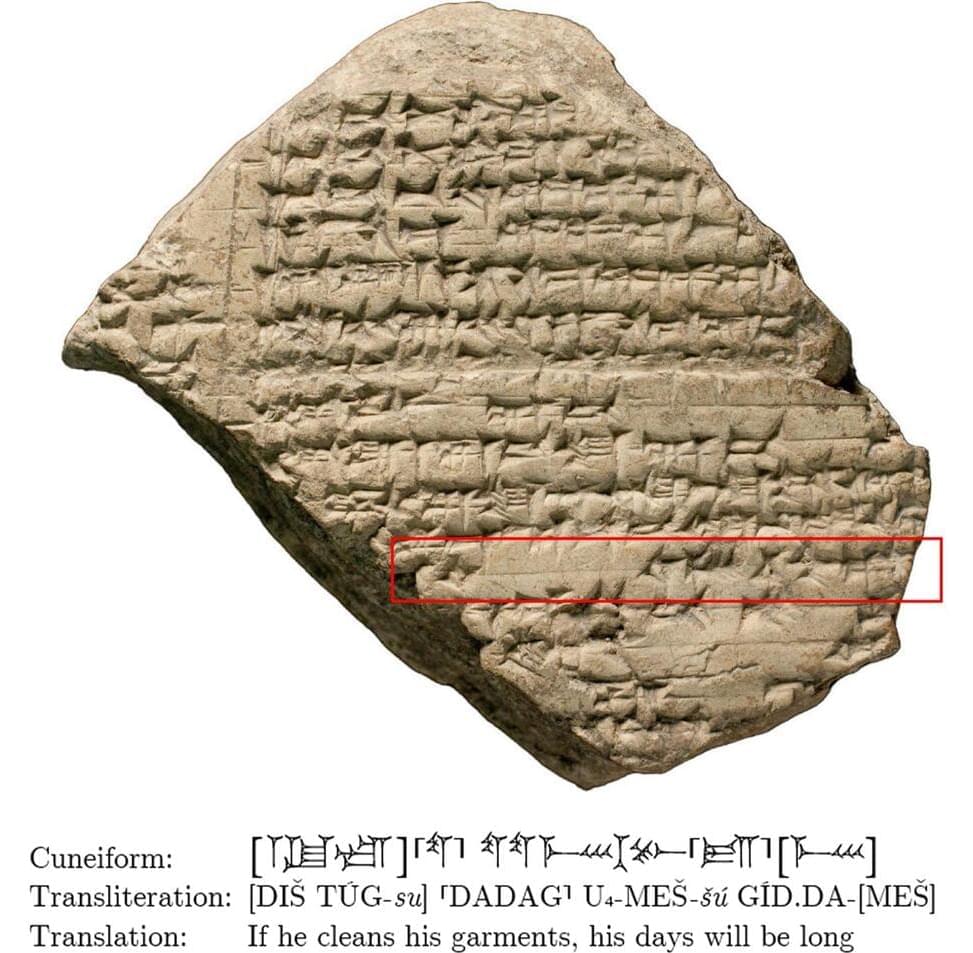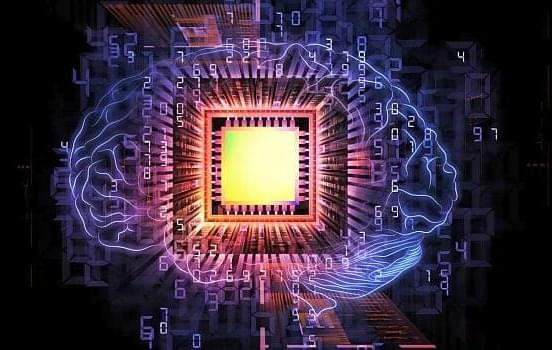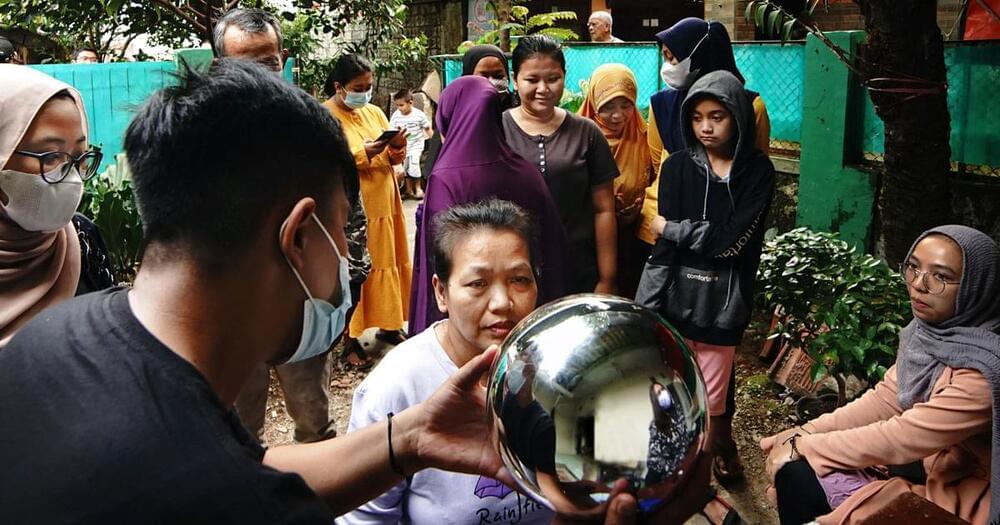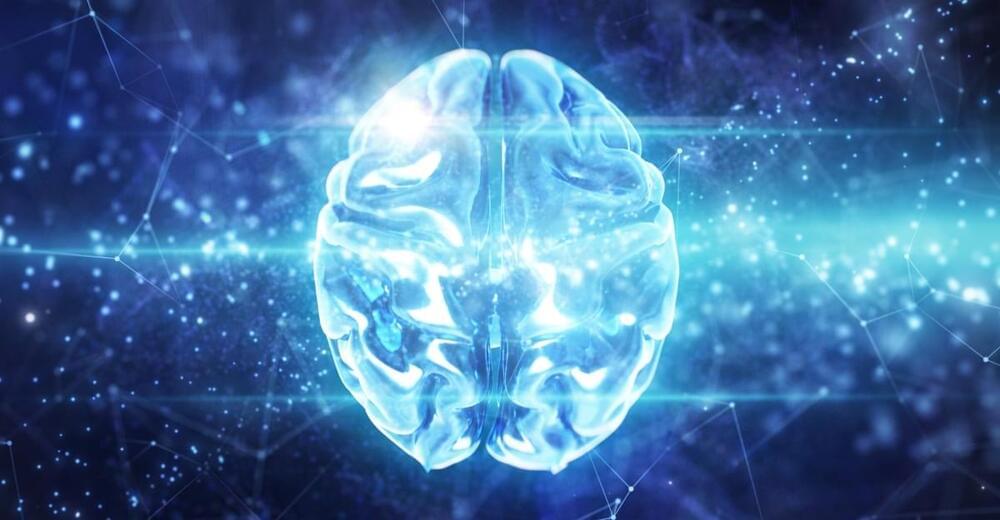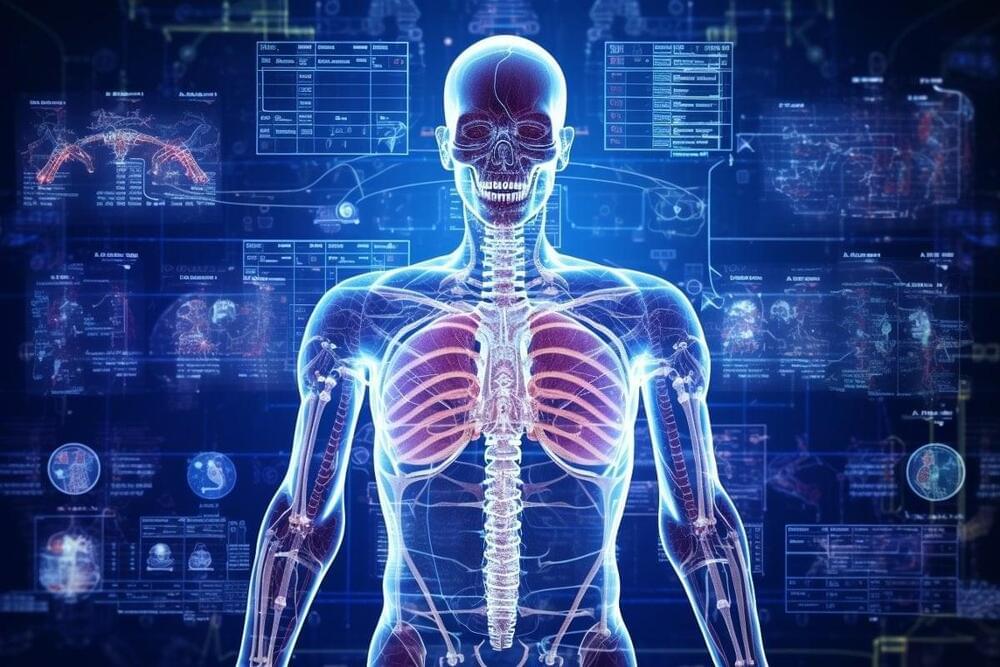ChatGPT’s capabilities in comparison are miniscule even when using GPT-4.
Claude AI, the ChatGPT-rival from Anthropic, can now comprehend a book containing about 75,000 words in a matter of seconds. This is a huge leap forward for chatbots as businesses seek technology that can churn out large pieces of information quickly.
Since the launch of ChatGPT, we have also seen companies such as Bloomberg and JP Morgan Chase look to leverage the power of AI to make better sense of the finance world. While this process has taken them at least a few months, Anthropic, with its Claude AI, can reduce the time taken to just a few seconds.
